 Welcome
Welcome
“May all be happy, may all be healed, may all be at peace and may no one ever suffer."
Legg-Calve-Perthes disease
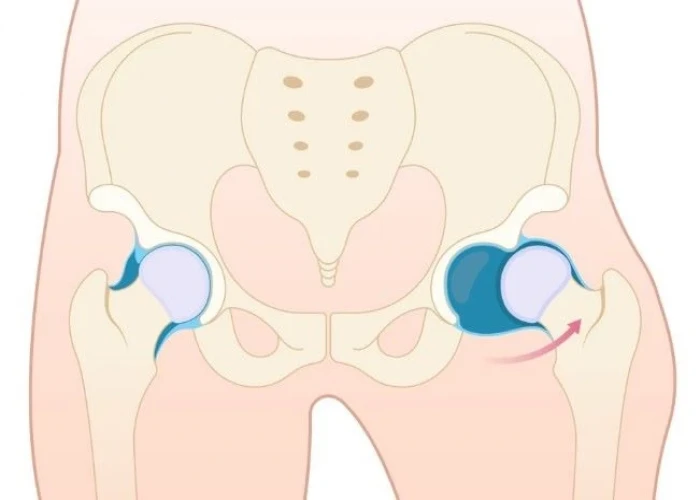
Legg-Calve-Perthes disease (LCPD) is a childhood condition that affects the hip joint. It occurs when the blood supply to the femoral head (the ball-shaped top of the thighbone) is temporarily disrupted, leading to bone death and collapse of the femoral head. This can cause pain, stiffness, and limited mobility in the hip joint.
The cause of LCPD is not fully understood, but it is believed to be related to a combination of genetic and environmental factors. It is more common in boys than girls and typically occurs between the ages of 4 and 8 years old.
Treatment for LCPD depends on the severity of the condition and may include activity modifications, bracing, physical therapy, and sometimes surgery. The goal of treatment is to restore proper blood flow to the femoral head and encourage the growth of healthy new bone.
Without proper treatment, LCPD can lead to long-term problems with hip joint function and mobility. However, with early detection and appropriate treatment, most children with LCPD can recover full function of the affected hip joint.
Research Papers
Disease Signs and Symptoms
- Swollen hip
- Hip joint disease
- Severe pain in hip or groin
- Pain or stiffness in the hip, groin, thigh or knee
- Limited range of motion of the hip joint
- Pain that worsens with activity and improves with rest
Disease Causes
Legg-Calve-Perthes disease
Legg-Calve-Perthes disease occurs when too little blood is supplied to the ball portion of the hip joint (femoral head). Without enough blood, this bone becomes weak and fractures easily. The cause of the temporary reduction in blood flow to the femoral head remains unknown.
Disease Prevents
Disease Treatments
In Legg-Calve-Perthes disease, the complete process of bone death, fracture and renewal can take several years. The types of treatment recommended will depend on the:
- Age when symptoms began
- Stage of the disease
- Amount of hip damage
As Legg-Calve-Perthes disease progresses, the ball part of the joint (femoral head) weakens and fragments. During healing, the socket part of the joint can serve as a mold to help the fragmented femoral head retain its round shape.
For this molding to work, the femoral head must sit snugly within the socket. Sometimes this can be accomplished with a special type of leg cast that keeps the legs spread widely apart for four to six weeks.
Some children require surgery to help keep the ball of the joint snug within the socket. This procedure might involve making wedge-shaped cuts in the thigh bone or pelvis to realign the joint.
Surgery usually isn't needed for children younger than 6. In this age group, the hip socket is naturally more moldable, so the ball and socket typically continue to fit together well without surgery.
Other treatments
Some children, particularly very young ones, might need only conservative treatments or observation. Conservative treatments can include:
- Activity restrictions. No running, jumping or other high-impact activities that might accelerate hip damage.
- Crutches. In some cases, your child may need to avoid bearing weight on the affected hip. Using crutches can help protect the joint.
- Physical therapy. As the hip stiffens, the muscles and ligaments around it may shorten. Stretching exercises can help keep the hip more flexible.
- Anti-inflammatory medications. Your doctor might recommend ibuprofen (Advil, Motrin, IVothers) or naproxen sodium (Aleve) to help relieve your child's pain.
Disease Diagnoses
Disease Allopathic Generics
Disease Ayurvedic Generics
Disease Homeopathic Generics
Disease yoga
Legg-Calve-Perthes disease and Learn More about Diseases
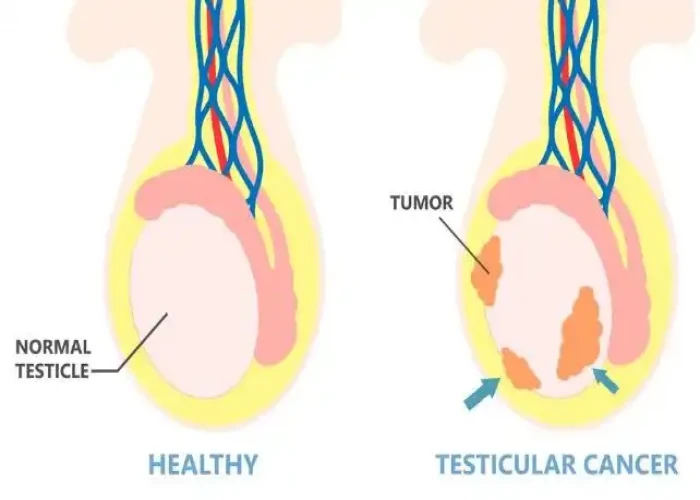
Undescended testicle
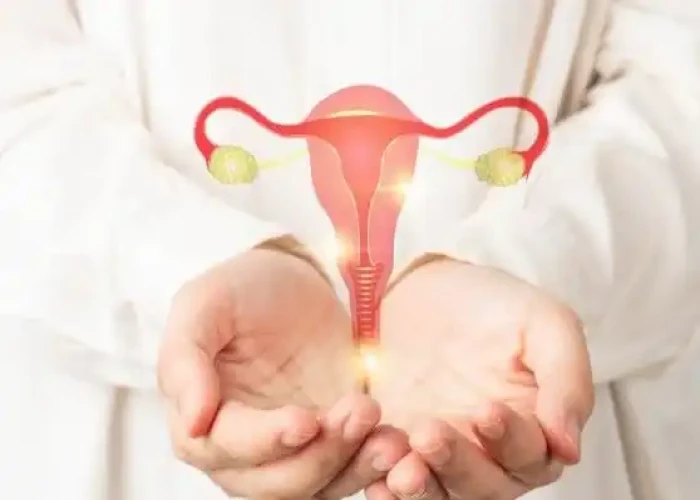
Vaginal cancer
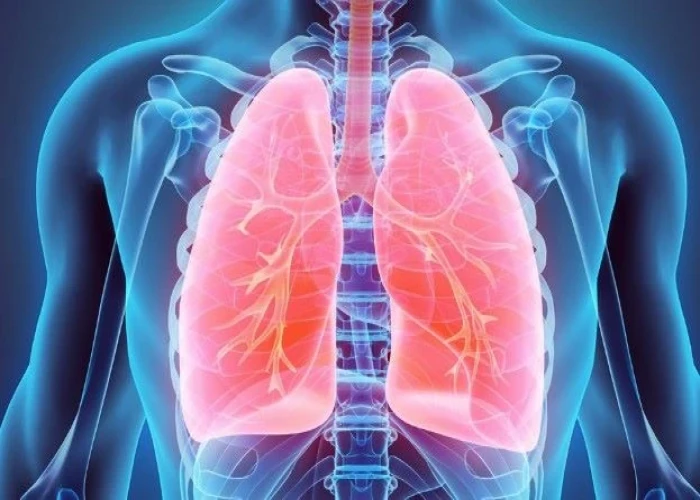
Lung Abesess
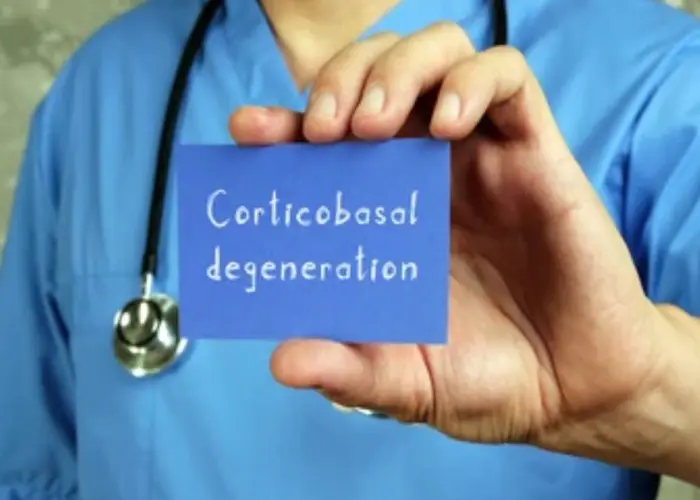
Corticobasal degeneration
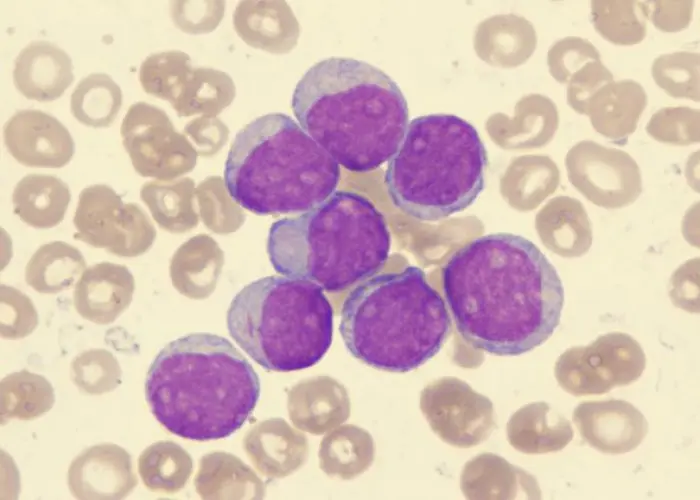
Acute myelogenous leukemia
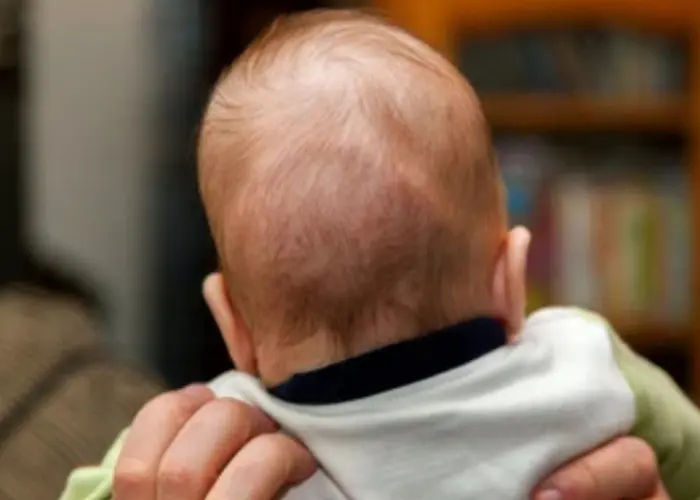
Craniosynostosis
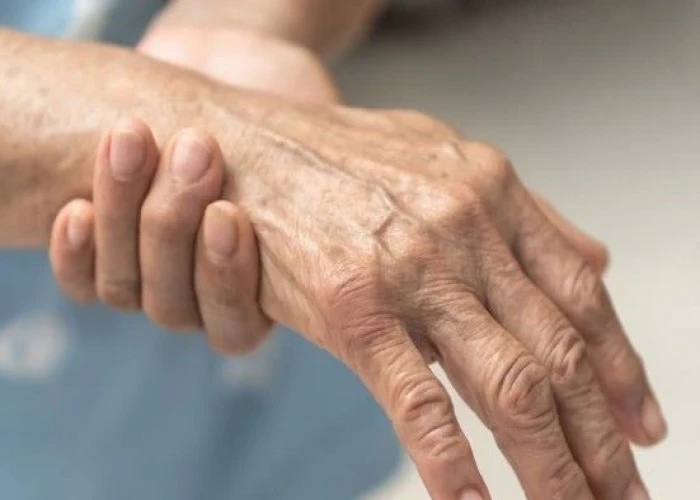
Peripheral neuropathy

Interstitial cystitis
legg-calve-perthes disease, লেগ-কালভ-পার্থেস রোগ
To be happy, beautiful, healthy, wealthy, hale and long-lived stay with DM3S.
